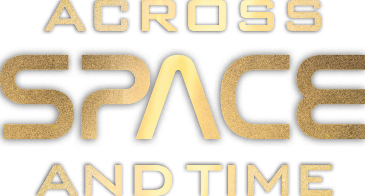By Amanda Siegfried and Paul Bottoni
Editors’ Note: This feature appears as it was published in the Spring 2016 edition of UT Dallas Magazine. Titles or faculty members listed may have changed since that time.
UT DALLAS geoscientists have trained Apollo astronauts to spot interesting geology on the moon and have analyzed lunar samples that came back. Our space scientists have designed and built equipment to explore Venus, Mars, the moon and Halley’s comet. Studies of the Earth’s ionosphere and magnetosphere have for many years provided valuable insight into our planet’s interaction with the sun.
Since our founding, space sciences and astrophysics have played a key role in the University’s research enterprise. The earliest efforts through the Graduate Research Center of the Southwest and the Southwest Center for Advanced Studies (UT Dallas’ precursor institutions) launched balloons and rockets and designed space-based instruments to study the Earth’s upper atmosphere. Top specialists in the field of relativity and mathematical physics from around the world joined the center as it grew into a hub for international experts to visit and conduct research. As the center transitioned into a university, physics, mathematics and geosciences formed core departments in the School of Natural Sciences and Mathematics.
Building on these early research strengths, a cadre of cosmologists and astrophysicists today are engaged in a wide range of studies. From black holes and collisions of galaxy clusters to dark energy, dark matter and the conditions that gave rise to the universe, experts are tackling some of the biggest mysteries in the cosmos.
Here are a few snapshots that chronicle how UT Dallas’ interests in space sciences — and the people behind the work — have reached across space and time.
</div
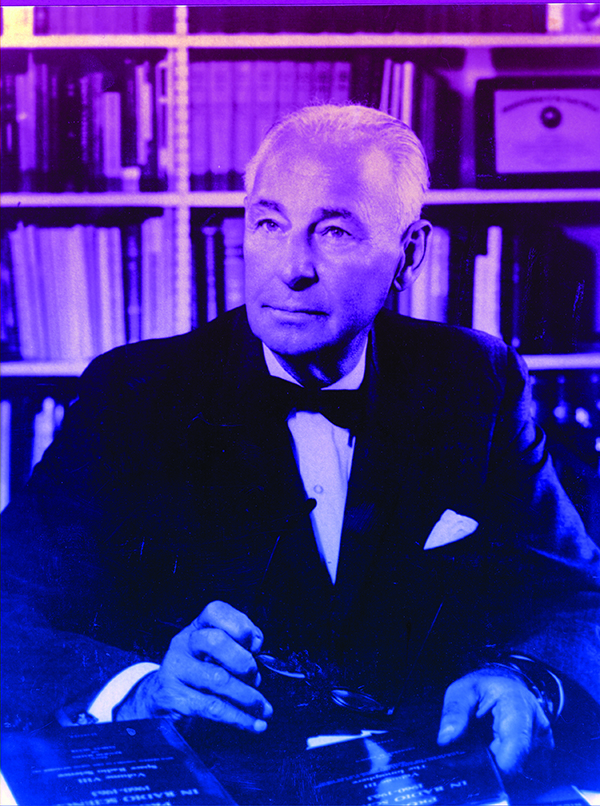
Lloyd V. Berkner
President, Graduate Research Center of the Southwest
Lloyd V. Berkner was a leading figure in the American scientific community when, in 1961, he joined the Graduate Research Center of the Southwest (GRCSW), which ultimately became UT Dallas. Government grants for space research helped fund the institution as it grew, and Berkner’s involvement opened doors. He also attracted top-caliber faculty members, among the earliest of whom were space scientist Francis S. Johnson and relativist Ivor Robinson. Berkner’s ties to U.S. space interests began during the buildup of the space race with the Soviet Union. He acted as a champion for space exploration and as an intermediary between the scientific community and the U.S. government. In 1966, NASA gave Berkner its highest civilian award, the Public Service Medal, for his contributions to U.S. space programs. At the time of his death in 1967, Berkner was conducting a study for NASA on the history of the atmospheres of Earth and Mars.
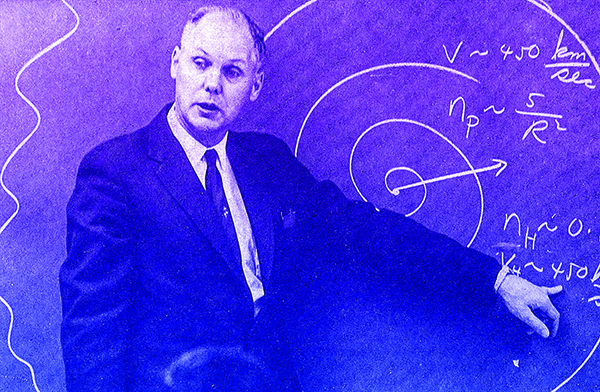
Dr. Francis S. Johnson
Executive Dean of Graduate Education
Francis S. Johnson, who earned the Bronze Star while serving as a weather operator for the U.S. Army Air Corps during World War II, afterward designed instruments for testing German V„ rockets that had been seized by Allied forces at the end of the war. He was manager of space physics research at Lockheed Missiles and Space Co. when Lloyd V. Berkner recruited him to join the Graduate Research Center in 1962. Johnson was an expert on the Earth’s upper atmosphere, and was asked by NASA to design experiments to detect the existence of a lunar atmosphere.
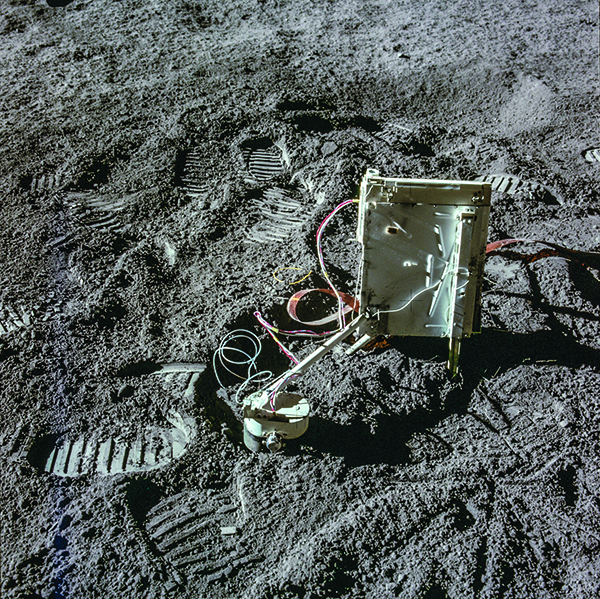 Johnson developed an atmospheric pressure testing device that flew on Apollo flights 12, 14 and 15.
Johnson developed an atmospheric pressure testing device that flew on Apollo flights 12, 14 and 15.The instruments flew on Apollo flights 12, 14 and 15. In 1973, NASA awarded Johnson its Exceptional Scientific Achievement Medal to recognize his part in the Apollo program. When the center became UT Dallas in 1969, Johnson was selected as acting president until 1971. He continued to teach and conduct research at the University, and served as executive dean of graduate studies from 1976 to 1979. He retired in 1989 and died in 2009.
Exploring Earth’s Neighborhood
Solar System Science
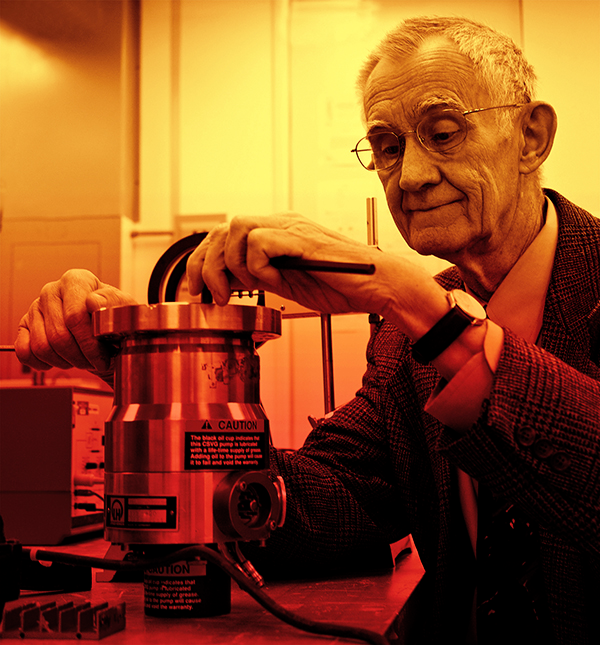
Dr. John Hoffman
Professor of Physics
John Hoffman, who joined the Graduate Research Center in 1966, has designed and built experiments that have traveled millions of miles throughout our solar system. His mass spectrometers, instruments designed to measure the characteristics of atoms and molecules, have helped explore Halley’s comet and the atmospheres of Venus and the moon, and, most recently, played a key role in discovering the existence of water on Mars. As a member of NASA’s Phoenix Mars Mission in 2008, Hoffman designed a mass spectrometer for the lander that analyzed gases from soil samples on the red planet. The samples were heated in furnaces, and the measurements determined that there was frozen water in the soil. Hoffman’s instrument also shed light on Mars’ atmosphere and climate history. The Phoenix team worked on Mars time, and because a Martian day is 40 minutes longer than an Earth day, work schedules were continually changing. The team worked in windowless rooms at an Arizona-based facility so members couldn’t
tell if it was day or night. Hoffman also designed mass spectrometers that flew on NASA’s Atmosphere Explorers C and D satellites. Also on board: an instrument designed by his brother, Robert, who was a space scientist at NASA’s Goddard Space Flight Center in Greenbelt, Maryland.
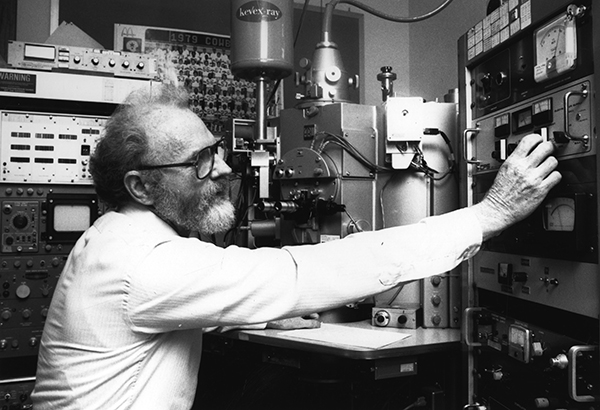
Dr. James L. Carter
Professor Emeritus of Geosciences
When James L. Carter joined GRCSW as a postdoctoral researcher in €1964, he planned to stay only a few years. Following NASA’s Apollo missions, Carter was part of a team at the research center that examined lunar samples brought back by the astronauts. He also helped train Apollo astronauts about what kind of geology to expect on the moon’s surface. In 2008•, Carter retired from teaching and research, wrapping up a “40-plus-year career at the University. But, instead of kicking up his heels in his retirement, Carter focused his efforts on producing lunar regolith simulant— or fake moon dirt‘— to supply to NASA and other researchers. Since NASA’s original stock had diminished, the organization turned to Carter to supply more than 40 tons of the product.
 Researchers from NASA and other organizations rely on Carter to supply lunar regolith simulant — fake moon dirt.
Researchers from NASA and other organizations rely on Carter to supply lunar regolith simulant — fake moon dirt.The material is used for testing equipment and for other research projects. Carter learned how to create the simulant after years of study, and he keeps his recipe for the bone-dry, ashy substance close to the vest. In a new University ritual before the twice-annual Ring Ceremony, class rings are placed in a box and surrounded with Carter’s moon dirt. The box, made of wood from the original Founders Building, symbolizes the University’s past and its future.
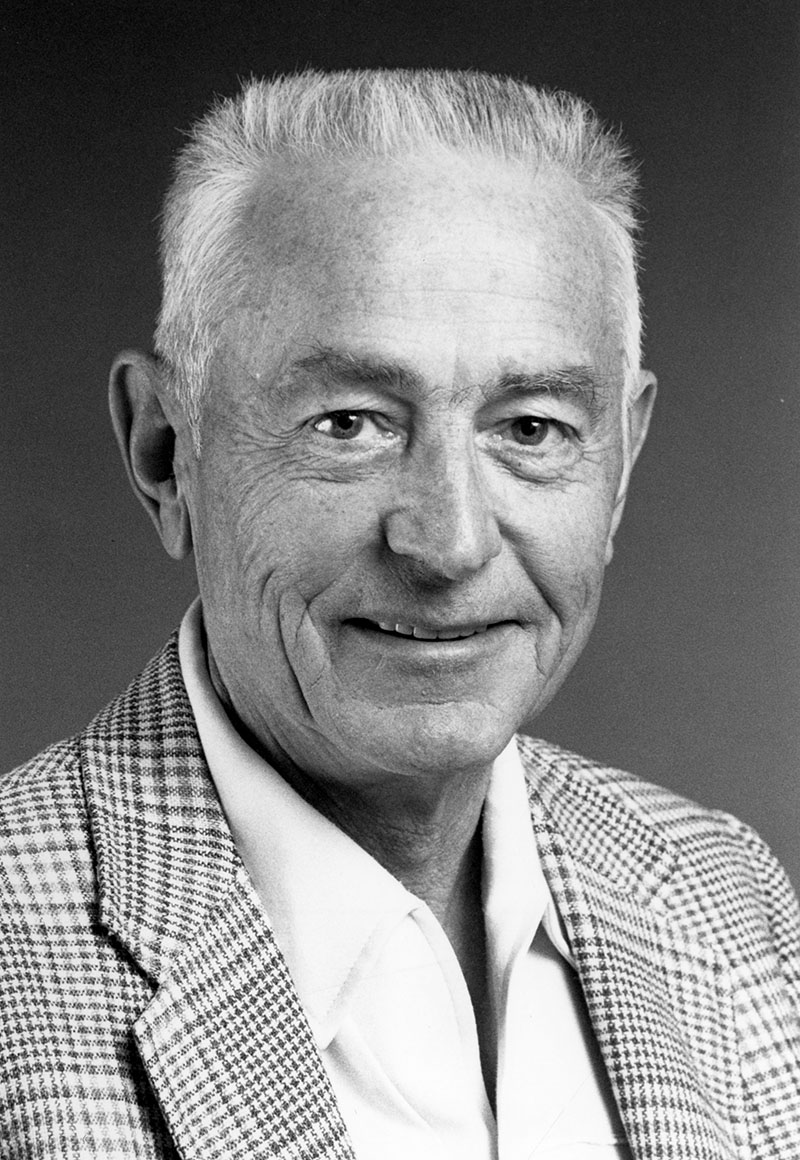
Dr. William B. Hanson
Director, Center for Space Sciences
William B. Hanson, a self-described hardware man, studied the Earth’s atmosphere and created instruments to analyze its composition. His interests weren’t limited to Earth, however. After joining the Graduate Research Center in 1962, he became part of the atmospheric entry team for NASA’s Viking missions to Mars in the 1970s. When Francis Johnson became acting president of UT Dallas in 1969€, Hanson stepped in as director of the Division of Atmospheric and Space Sciences, later renamed the Center for Space Sciences. He held the position until his death in 1994.
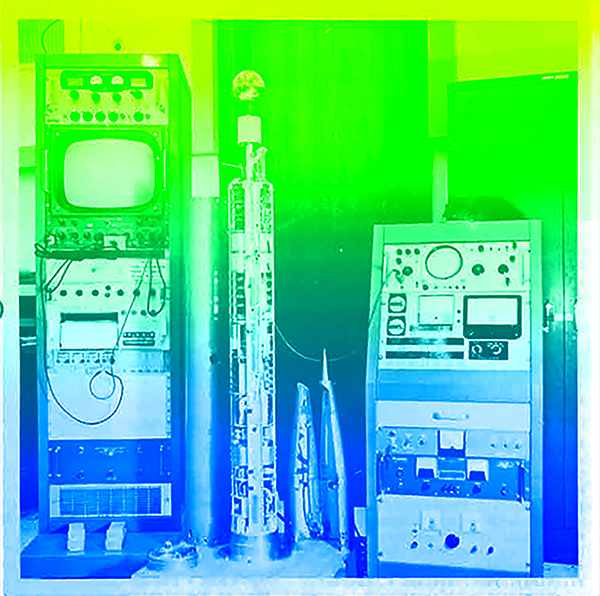 An early Graduate Research Center of the Southwest ionosphere experiment.
An early Graduate Research Center of the Southwest ionosphere experiment.The center was renamed the William B. Hanson Center for Space Sciences in his honor. In 1985, Hanson was awarded the John Adam Fleming Medal by the American Geophysical Union for his contributions to atmospheric research, joining a group of recipients that also included Johnson and Lloyd V. Berkner.
.
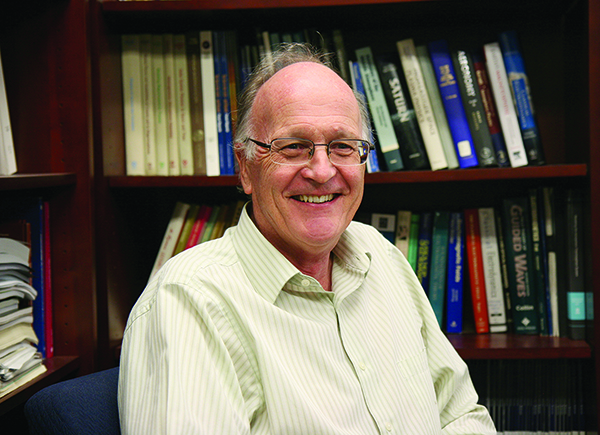
Dr. Roderick Heelis
Director, Center for Space Sciences
It was William B. Hanson who convinced Roderick Heelis — who had just received a PhD from the University of Sheffield in England — to cross the pond in 1973 for a research fellowship at UT Dallas. Heelis later succeeded Hanson as the director of the University’s Center for Space Sciences. Heelis, the Distinguished Chair in Natural Sciences and Mathematics, is an expert on the interaction between the sun and planetary environments, as well as the dynamics of charged particles in the Earth’s upper atmosphere, so-called “space weather.” Disturbances in this region, the ionosphere, can disrupt GPS signals and navigation systems. Among his many projects was leading a team that designed and built an experiment dubbed CINDI, Coupled Ion-Neutral Dynamics Investigation. The $10 million project, sponsored by NASA and the U.S. Air Force, flew onboard a satellite and gathered data in the ionosphere. Although CINDI’s mission ended in November 2015, scientists continue to use the data to predict when and where disturbances will occur. Heelis’ team received a Group Achievement Award from NASA in 2011 for its efforts, and the project became the inspiration for an educational comic book series. In 2013, Heelis and his team were selected by NASA to design and build an experiment to study the effects that Earth’s surface weather has on disturbances in the ionosphere. The University’s instrument will fly onboard the Ionospheric Connection Explorer satellite, which is slated to launch in 2017.
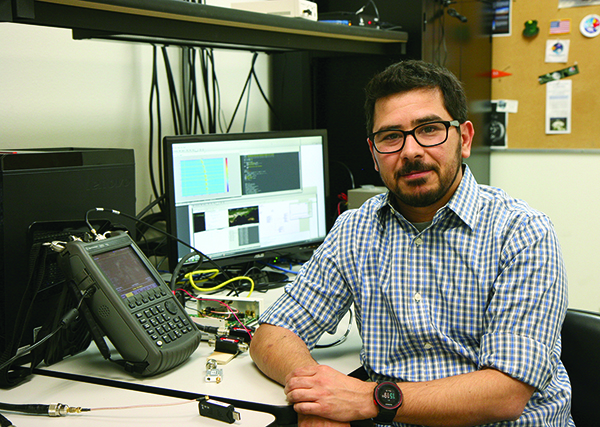
Dr. Fabiano Rodrigues
Assistant Professor of Physics
One of the factors that attracted Fabiano Rodrigues to UT Dallas in 2012 was the reputation of the Center for Space Sciences as one of the top centers focusing on satellite studies of the upper atmosphere. The center’s researchers not only investigate basic science questions but also provide important information for more applied studies. Rodrigues’ work complements the center’s space-based research by using ground-based remote sensing techniques, such as radars and GPS signals, to study variability in the upper atmosphere.
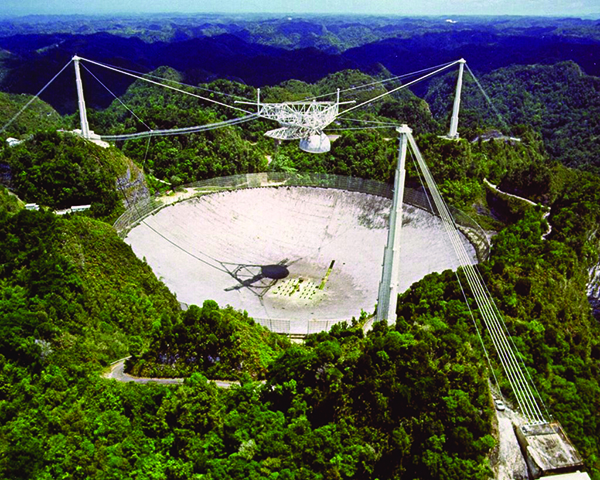 Arecibo Observatory
Arecibo ObservatoryHe and his students, including undergraduates, have conducted research at some of the largest and most sensitive radio observatories in the world, including the Arecibo Observatory in Puerto Rico and the Jicamarca Radio Observatory in Peru.
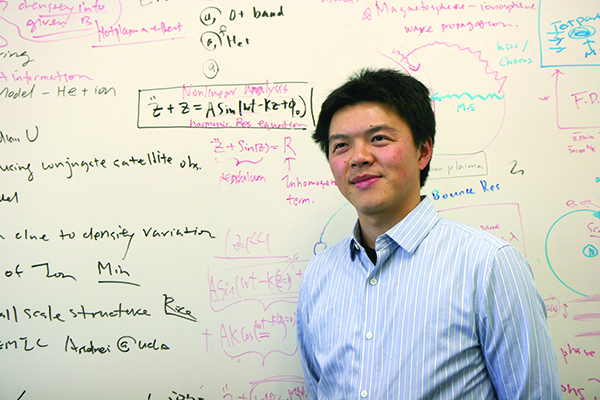
Dr. Lunjin Chen
Assistant Professor of Physics
Beginning several hundred miles above the Earth’s surface and extending tens of thousands of miles into space, the magnetosphere is like a giant magnetic envelope surrounding the planet. It protects the surface from harmful charged particles emanating from the sun and other sources in the galaxy, which would otherwise strip away our atmosphere. Lunjin Chen, an assistant professor of physics who joined the University in 2013, studies how energetic charged particles such as electrons interact with electromagnetic waves in the magnetosphere. Understanding these dynamics is important because energetic electrons in that region can pose a danger to astronauts in Earth orbit and to electronics on satellites.
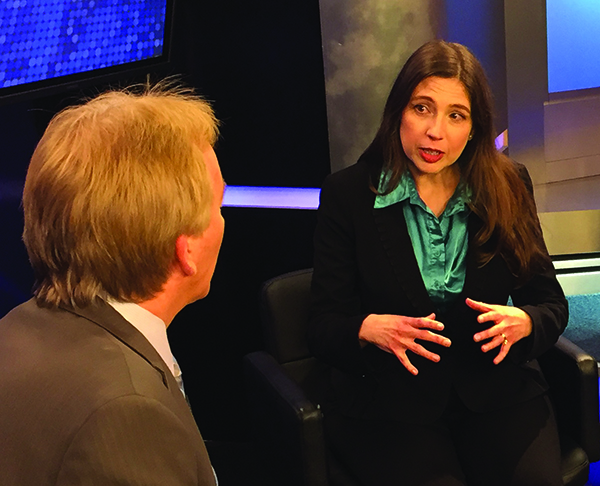 Dr. Mary Urquhart speaks about Pluto with reporter Dan Godwin during an interview on television station KDFW.
Dr. Mary Urquhart speaks about Pluto with reporter Dan Godwin during an interview on television station KDFW.Dr. Mary Urquhart
Head, Department of Science and Mathematics Education
Dr. Marc Hairston
Research Scientist, Center for Space Sciences
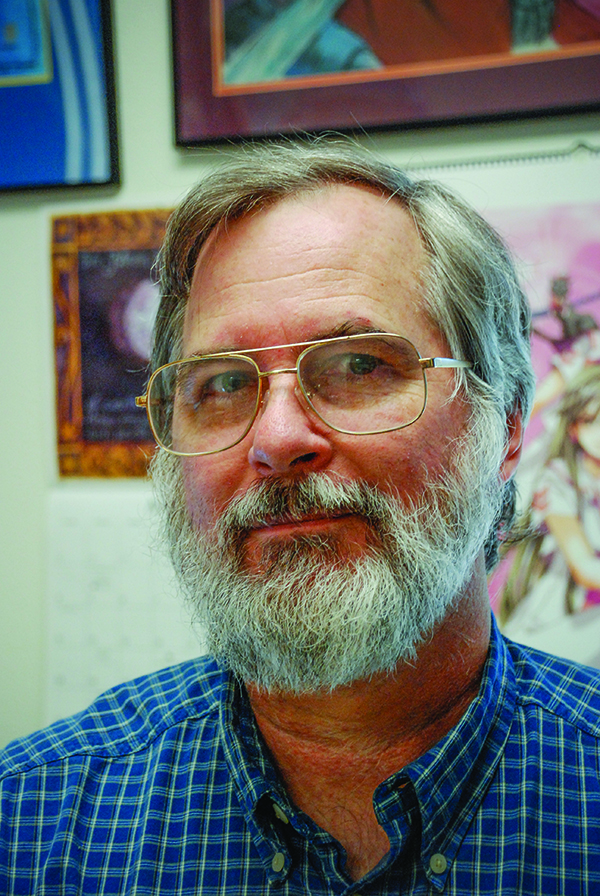
Part of the NASA grant that supported the CINDI project led by Dr. Roderick Heelis was used for science education outreach, particularly to middle and high school students. Beginning in 2005, Mary Urquhart, head of the Department of Science and Mathematics Education, and Marc Hairston, a research scientist at the Center for Space Sciences, published three issues of a comic book starring an orange-haired superheroine character named Cindi to help explain the science of CINDI to students. Urquhart, a planetary scientist, and Hairston also reach out to the general public by appearing in local news media to talk about astronomy topics such as eclipses, meteorites and the recent New Horizons mission to explore the dwarf planet Pluto.
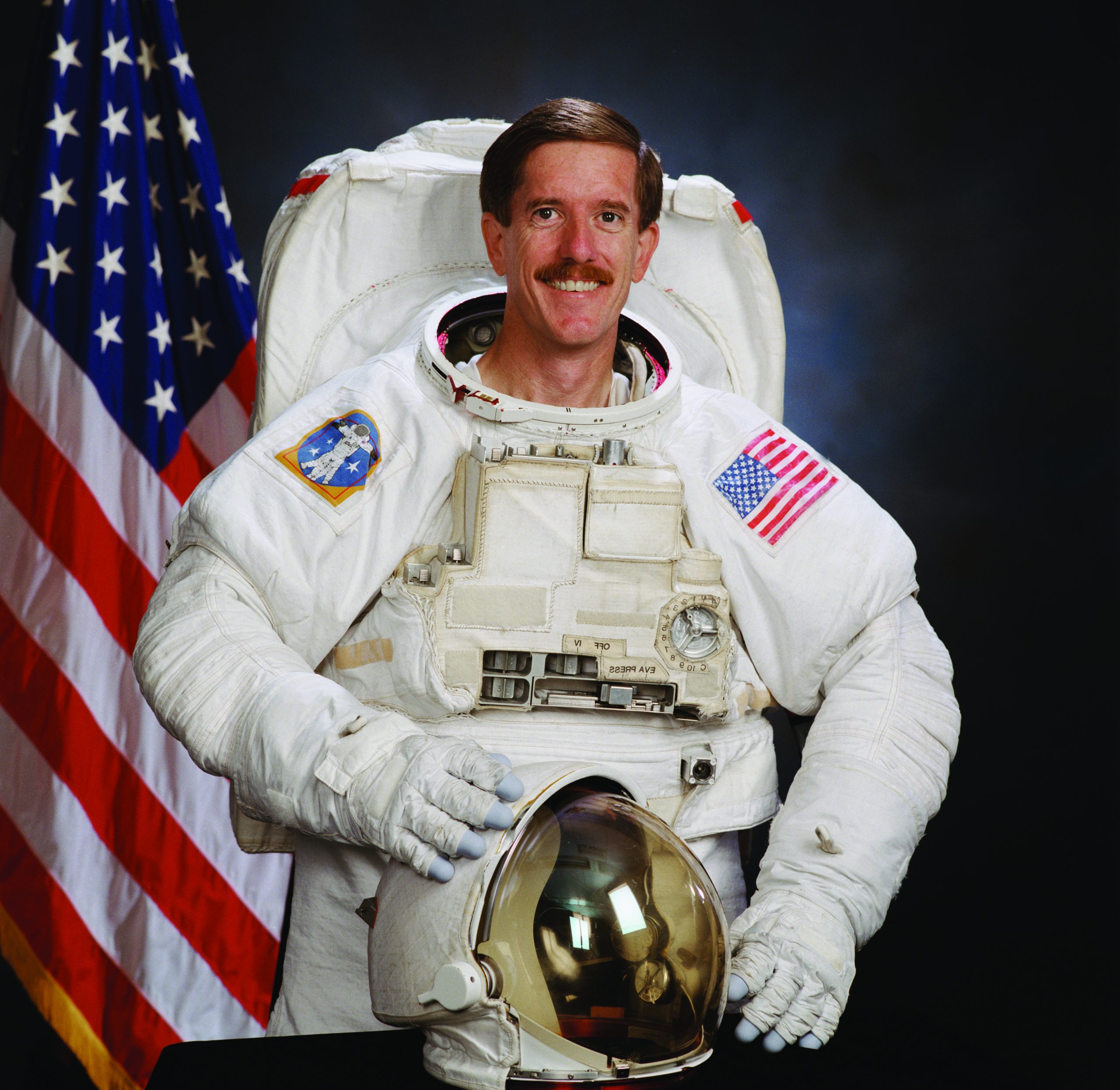
Dr. James Reilly BS’77, MS’7, PhD’95
NASA Astronaut
James Reilly BS’77, MS’87, PhD’95 achieved what countless people merely fantasize about — he became an astronaut. Reilly, a mission specialist, spent a combined 853 hours in space, including five spacewalks lasting more than 31 hours during which he helped assemble the International Space Station. He was selected for NASA’s astronaut program in 1994, and went on his first space mission in ƒ, with additional trips in 2001 and 2007. Upon returning from his final mission, Reilly presented the University a framed collage commemorating the flight along with a UT Dallas flag that made the trip to space.
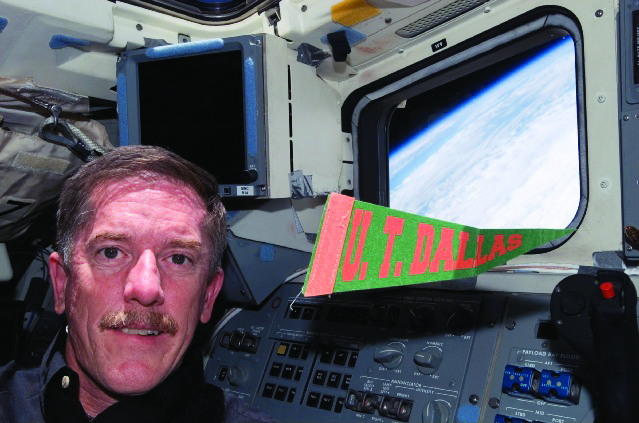 Reilly displays Comet pride during the last of his three NASA missions.
Reilly displays Comet pride during the last of his three NASA missions.Today that flag is displayed on the fourth floor of the Eugene McDermott Library. Prior to becoming an astronaut, Reilly worked as an oil and gas exploration geologist. He spent the equivalent of 22 days in deep-submergence vehicles conducting research and projects in the depths of the oceans.
Exploring Cosmic Riddles
Cosmology and Astrophysics
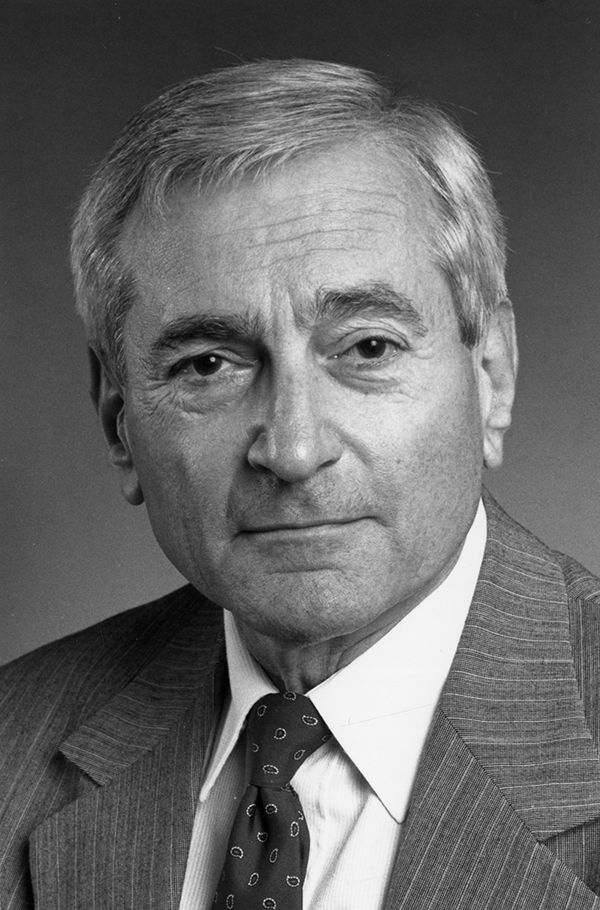
Dr. Wolfgang Rindler
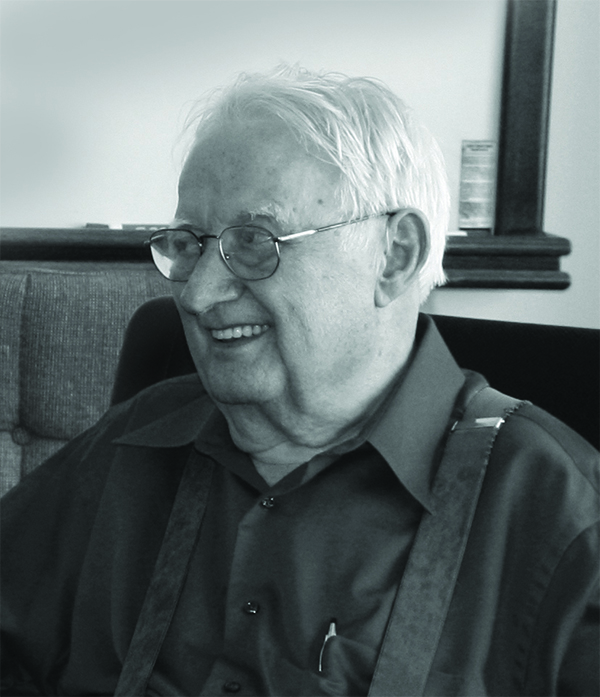
Dr. Istvan Ozsváth
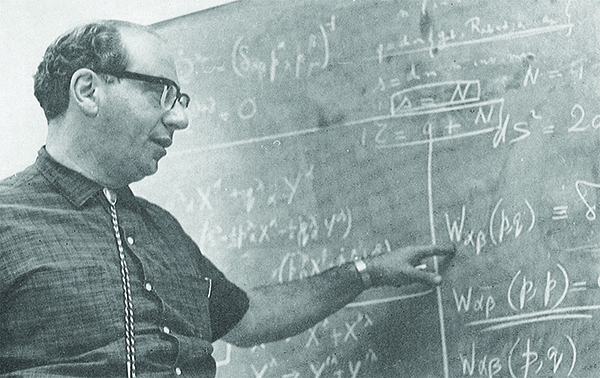 Dr. Ivor Robinson
Dr. Ivor Robinson
Dr. Ivor Robinson
Professor Emeritus of Mathematics Sciences
(Editor’s Note: Robinson died in May 2016.)
Dr. Wolfgang Rindler
Professor Emeritus of Physics
Dr. Istvan Ozsváth
Professor Emeritus
Soon after arriving at the Graduate Research Center of the Southwest in 1963 as head of the Department of Mathematics and Mathematical Physics, Ivor Robinson, a brilliant British mathematician, recruited friends Wolfgang Rindler and Istvan Ozsváth to join him. That same year, around a pool on a searing summer day in Dallas, Robinson and colleagues Alfred Schild and Engelbert Schucking from UT Austin cooked up an idea to hold a scientific conference in Dallas that would highlight new research in the combined fields of relativity and astrophysics, and in the process they created a new field called relativistic astrophysics. What began as a proposed small gathering grew into the first Texas Symposium on Relativistic Astrophysics, a conference that is still held every two years. Robinson, Rindler and Ozsváth forged distinguished careers at the University, each earning the title of professor emeritus. Ozsváth died in 2013.
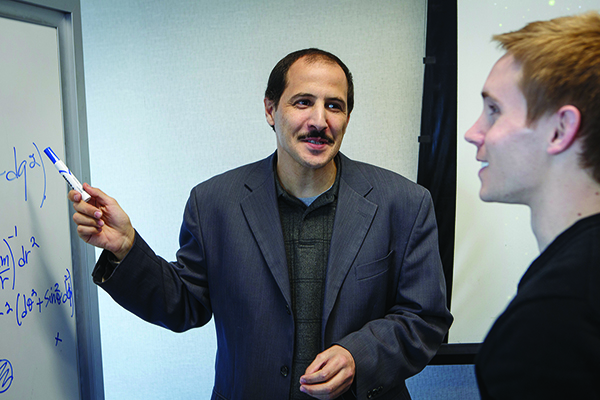
Dr. Mustapha Ishak-Boushaki
Associate Professor of Physics
Mustapha Ishak-Boushaki, who arrived at UT Dallas in 2005 from Princeton University, leads the cosmology, relativity and astrophysics research group. The team of faculty members and their students is investigating many cosmic riddles dealing with the origin, evolution and structure of the universe. Ishak-Boushaki’s research focuses in part on understanding cosmic acceleration, or why the universe appears to be expanding at an accelerating pace. He recently introduced a seminal technique to test gravity at large scales and narrow the source of cosmic acceleration. His research also provides insight into dark energy and dark matter, as well as gravitational lensing, where light from very distant galaxies is bent and distorted as it passes near extremely massive objects.
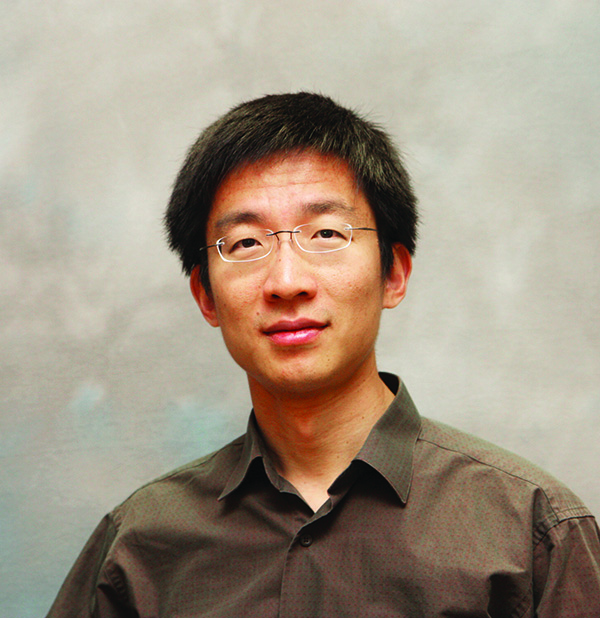
Dr. Xingang Chen
Associate Professor of Physics
As a theoretical cosmologist, Xingang Chen develops models to explain what the universe was like in its earliest moments. One of his research areas concerns tiny fluctuations in the primordial universe in properties such as temperature and density. As the universe expanded after the big bang, those “seed” irregularities became magnified, eventually forming all the large-scale structures — such as galaxies — that we see today. Chen and his colleagues recently suggested a novel way in which those early fluctuations could be used to probe the beginning of space and time, potentially revealing secrets about the conditions that gave rise to the universe.
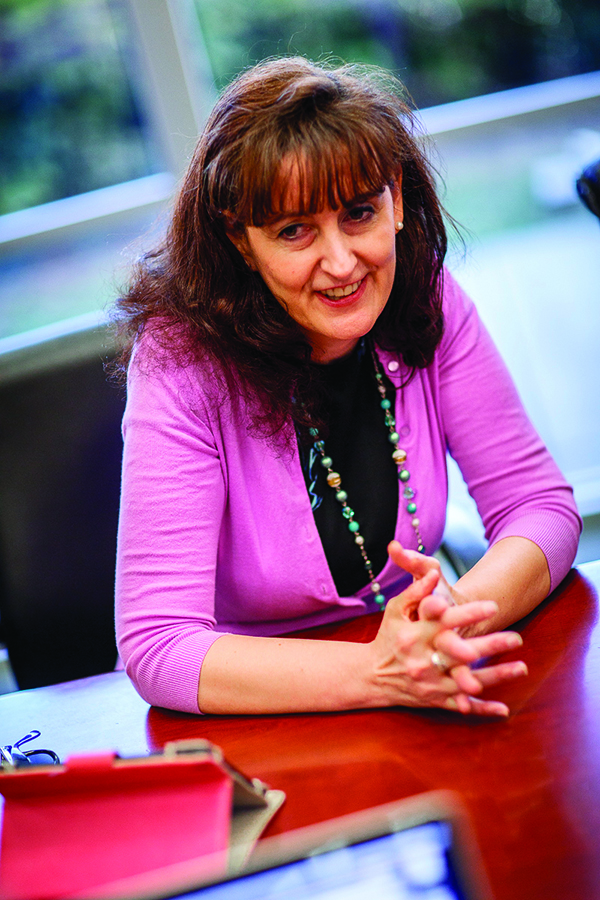
Dr. Lindsay King
Associate Professor of Physics
Lindsay King studies some of the largest structures in the universe — not just stars and galaxies but the dynamics of clusters of galaxies. For example, she uses data from the Hubble Space Telescope and other sources to examine a distant collision between two clusters of galaxies. One of the mysteries of this collision is that the galaxies are not moving as they would if the movement were due to what’s visible with telescopes. King’s research is looking at the role that dark matter might play in explaining this mysterious movement. Although it can’t be seen directly, dark matter is thought to comprise about 27 percent of the universe; without it, galaxies might fly apart.
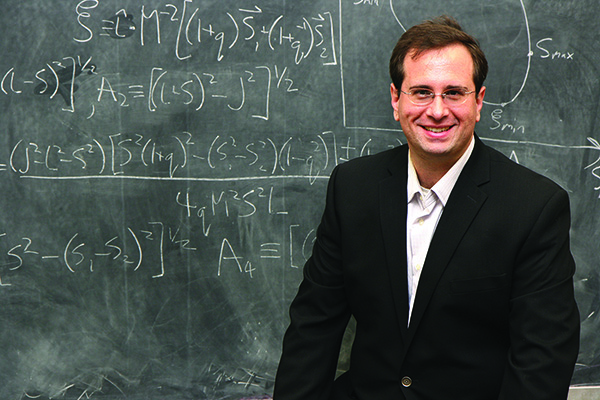
Dr. Michael Kesden
Assistant Professor of Physics
Michael Kesden’s area of expertise was thrown into an international spotlight in February when scientists with the LIGO (Laser Interferometer Gravitational-Wave Observatory) collaboration announced that they had, for the first time, directly detected gravitational waves, which are ripples in the fabric of space and time generated by massively energetic events. The Earth-based experiment detected gravitational waves originating from two distant colliding black holes. Although not a part of the LIGO team, Kesden, a theoretical astrophysicist, has developed solutions to equations that describe such binary black hole systems and the gravitational waves they produce.
 Dr. Russell Hulse
Dr. Russell HulseUT Dallas and Gravitational Waves
In addition to Kesden, UT Dallas’ Nobel Laureate Dr. Russell Hulse also has a special connection to LIGO’s groundbreaking discovery.
Hulse’s involvement began 40 years earlier, as one of the scientists who discovered a set of twin rapidly spinning neutron stars orbiting one another. They observed that in this binary pulsar system, the stars were moving closer to one another. In addition, they found that the amount of energy lost in that process matched what Albert Einstein’s general theory of relativity predicted should be emitted as gravitational waves.
The discovery of that binary pulsar system in 1974 earned Hulse and Dr. Joseph H. Taylor the 1993 Nobel Prize in physics for their efforts. In the 1970s Taylor was a professor at the University of Massachusetts at Amherst and Hulse was his 23-year-old graduate student. Hulse went on to pursue a research career in plasma physics, and in 2004 he arrived at UT Dallas as a visiting professor. In 2007, he was named Regental Professor.
